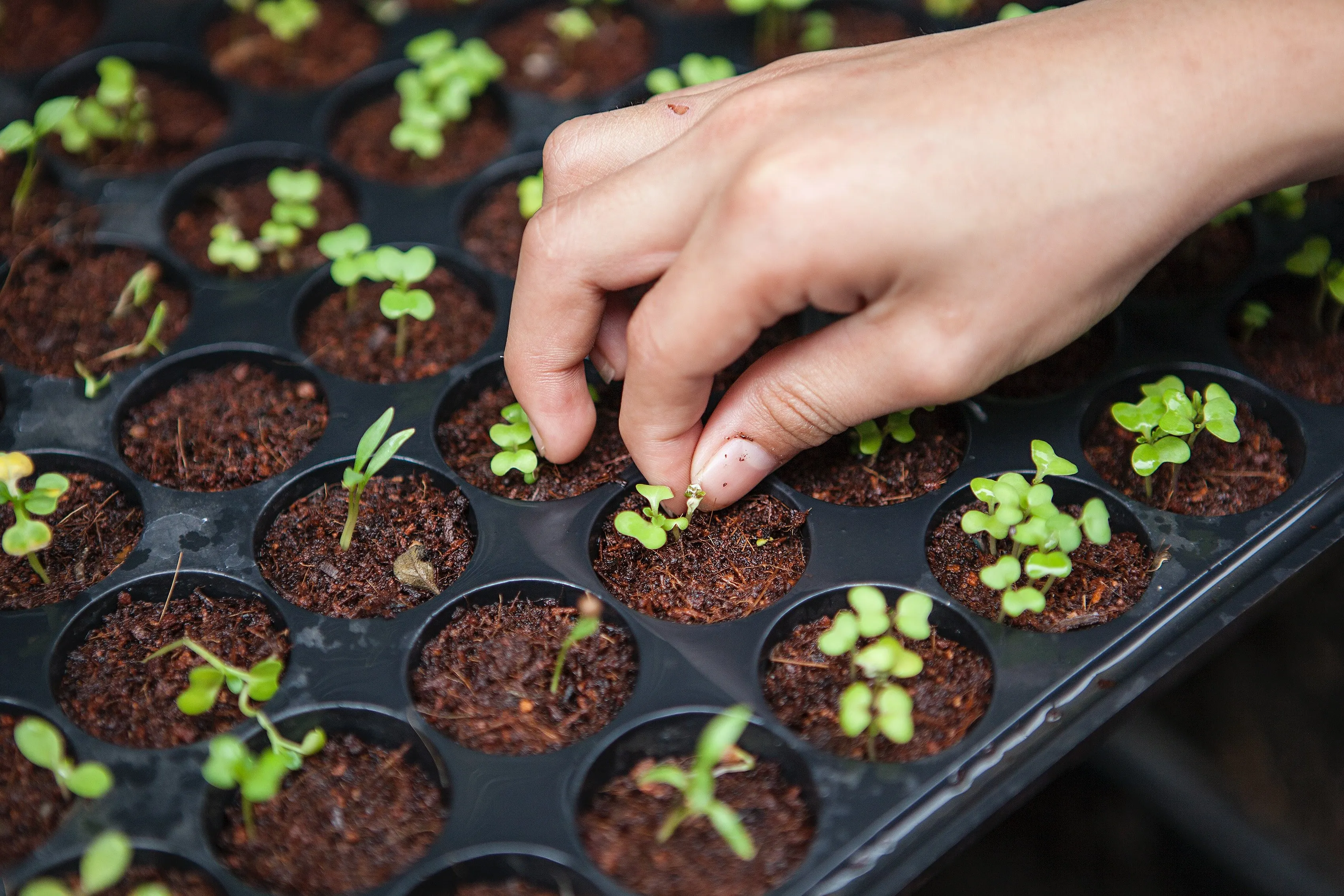
Sustainable Living for Long-Term Survival
In a world where short-term emergencies can potentially stretch into prolonged crises, the concept of sustainability becomes paramount. Beyond the initial days of a disaster, how can one ensure the continued well-being of their household? This guide delves into sustainable practices that promote long-term survival and self-sufficiency.
The Importance of Sustainable Living in a Post-Disaster World
When the initial shock of a disaster fades, the long-term reality sets in. Resources become scarcer, and reliance on external aid may not be feasible. Sustainable living ensures that you can provide for your needs indefinitely, reducing dependence on dwindling resources.
- Growing Your Own Food: Basics of Gardening and Farming
- Start Small: Begin with a kitchen garden, cultivating herbs and vegetables that are easy to grow in your region.
- Composting: Turn organic waste into nutrient-rich compost for your plants.
- Seed Saving: Preserve seeds from your crops for future planting.
- Natural Pest Control: Use beneficial insects or homemade remedies instead of chemical pesticides.
- Raising Livestock: Chickens, rabbits, and goats can be valuable sources of food and other resources.
Renewable Energy Sources for the Home
- Solar Panels: Harness the sun's energy to power your home. Even small solar chargers can power essential devices.
- Wind Turbines: Suitable for areas with consistent wind patterns.
- Hydroelectric Systems: If you have access to flowing water, it can be a consistent power source.
- Battery Storage: Store excess energy for times when renewable sources aren't producing.
Water Harvesting and Purification Techniques
- Rainwater Harvesting: Collect rainwater using gutters and storage tanks.
- Greywater Systems: Reuse household water from sinks and showers for irrigation.
- Water Purification: Learn methods like boiling, solar disinfection, and using water filters to ensure safe drinking water.
DIY Skills for Self-Sufficiency
- Soap Making: Create soap using basic ingredients like lye, fats, and essential oils.
- Candle Making: Produce candles for lighting and warmth.
- Sewing and Mending: Repair clothing and fabric items, extending their lifespan.
- Preservation: Learn to can, dry, and ferment foods to enjoy them long after harvest.
- Basic Carpentry: Build and repair essential structures around your home.
Sustainable living is more than just a post-disaster strategy; it's a lifestyle choice that promotes harmony with the environment and self-reliance. By adopting these practices, you not only prepare for potential long-term crises but also contribute to a more sustainable and resilient world.
